- Dew Point Meters
- Gas Analysers
- Portable Gas Detector
- Moisture And Dew Point Analyzer
- Dust/Opacity Monitor
- Gas Monitoring Systems
- Gas Leak Detectors
- Gas Transmitters
- VOC Leak Detector
- Air Quality Monitoring System
- Online Continuous Emission Monitoring System-OCEMS
- Dew Point Monitors
- Gas Detector
- Opacity Monitor
- Portable Flue Gas Analyzer
- Online SOX & NOX Gas Analyzer
- Methane Gas Leak Detector
- Hydrogen Purity Analyzer
- Gas Purity Analyzer
- Effluent Monitoring Systems
- Producer Gas Analyzer
- Gas Detector Calibration Service
- Portable Gas Monitors
- Gas Sensor Transmitter
Stack emission analyzer
Price 850000 INR/ Unit
Stack emission analyzer Specification
- Color
- Grey
- Usage
- Industrial
- Humidity
- < 85%RH
- Power Supply
- Electric
- Temperature
- 0 - 55 C. Celsius (oC)
- Material
- Mild Steel
- Accuracy
- +2 %
Stack emission analyzer Trade Information
- Minimum Order Quantity
- 1 Unit
- Payment Terms
- Cash in Advance (CID)
- Main Domestic Market
- , All India, South India, Central India, West India, North India, East India, Gujarat, Karnataka, Kerala, Lakshadweep, Mizoram, Meghalaya, Manipur, Andhra Pradesh, Bihar, Chandigarh, Daman and Diu, Goa, Jharkhand, Odisha, Punjab, Assam, Delhi, Dadra and Nagar Haveli, Andaman and Nicobar Islands, Arunachal Pradesh, Chhattisgarh, Haryana, Himachal Pradesh, Jammu and Kashmir, Madhya Pradesh, Maharashtra, Nagaland, Rajasthan, Sikkim, Tamil Nadu, Telangana, Tripura, Pondicherry, Uttar Pradesh, Uttarakhand, West Bengal
About Stack emission analyzer
A stack emission analyzer is an instrument designed to measure the concentration of gases and particulate matter emitted from industrial stacks or exhaust systems. These analyzers are essential for monitoring and controlling emissions from power plants, manufacturing facilities, and other industrial operations to ensure compliance with environmental regulations and to minimize the impact on air quality.
Key Features:
- Multi-Gas Measurement: Capable of analyzing various gases, including carbon monoxide (CO), carbon dioxide (CO2), nitrogen oxides (NOx), sulfur dioxide (SO2), volatile organic compounds (VOCs), and particulate matter.
- Real-Time Monitoring: Provides continuous measurement and analysis of emissions, allowing for immediate feedback and adjustments to processes to reduce pollution.
- Advanced Sensor Technology: Utilizes technologies such as non-dispersive infrared (NDIR) spectroscopy, chemiluminescence, and laser-based systems for precise and reliable gas detection.
- Data Logging and Reporting: Often includes features for logging data over time, generating reports, and analyzing trends to meet regulatory requirements.
- User-Friendly Interface: Equipped with a digital display that shows real-time emissions data, historical trends, and alarm conditions, making it easy for operators to monitor performance.
- Compliance and Regulation: Helps facilities comply with local, state, and federal environmental regulations regarding air quality and emissions limits.
Applications:
- Power Plants: Monitoring emissions from coal, natural gas, and biomass power generation.
- Manufacturing Facilities: Ensuring compliance with emissions standards in various manufacturing processes.
- Waste Incineration: Monitoring emissions from waste-to-energy plants to control pollutants.
- Environmental Monitoring: Used by regulatory agencies to assess air quality and the effectiveness of pollution control measures.
FAQs
What gases can a stack emission analyzer measure?
A stack emission analyzer typically measures gases such as carbon monoxide (CO), carbon dioxide (CO2), nitrogen oxides (NOx), sulfur dioxide (SO2), volatile organic compounds (VOCs), and particulate matter.
How does a stack emission analyzer work?
The analyzer measures gas concentrations using various sensor technologies, such as non-dispersive infrared (NDIR) spectroscopy, chemiluminescence, and laser-based systems, providing real-time data on emissions.
What industries commonly use stack emission analyzers?
Stack emission analyzers are widely used in power generation, manufacturing, waste management, and environmental monitoring.
How often should a stack emission analyzer be calibrated?
Calibration frequency varies based on the specific application and manufacturer recommendations, but it is generally recommended every 6 to 12 months.
What is the typical output signal from a stack emission analyzer?
The output may include analog signals (4-20 mA), digital communication protocols (e.g., Modbus, Ethernet), and data logs for integration with control systems.
Can stack emission analyzers be used for compliance monitoring?
Yes, they are essential for monitoring emissions to ensure compliance with environmental regulations and to report to regulatory agencies.
What maintenance is required for a stack emission analyzer?
Regular maintenance includes cleaning the sensors, checking calibrations, and replacing filters or consumables as needed to ensure accurate and reliable readings.
What factors can affect the performance of a stack emission analyzer?
Environmental factors such as temperature, humidity, and the presence of interfering gases can affect performance. Proper calibration and regular maintenance are important to mitigate these effects.
Are stack emission analyzers portable?
Some models are designed for portability, allowing for field measurements, while others are fixed installations for continuous monitoring.
How do I interpret the readings from a stack emission analyzer?
Readings are displayed on the device's screen, showing the concentration of each measured gas. Users should refer to the manufacturers manual for specific details on interpreting results and understanding alarm conditions.
Reliable Emission Monitoring
Our stack emission analyzer is engineered to deliver consistent and precise results in industrial environments. The robust mild steel construction ensures long-term durability, making it ideal for heavy-duty usage. Its accuracy and reliability are critical for maintaining emission standards and regulatory compliance.
Versatile and User-Friendly
The analyzer is designed for simplicity and versatility in industrial operations. It operates efficiently within a wide temperature and humidity range, making it suitable for various plant environments. The user interface allows easy operation and real-time monitoring, ensuring seamless integration into existing workflows.
FAQs of Stack emission analyzer:
Q: How does the stack emission analyzer operate in different industrial environments?
A: The stack emission analyzer is built with a mild steel housing, enabling it to withstand industrial conditions. Its electric power supply and operational range from 0 to 55C with humidity less than 85%RH ensure reliable performance in diverse industrial settings.Q: What process does the analyzer use to measure emissions?
A: The analyzer utilizes advanced sensors to detect and quantify each emission component within a stack. The collected data is processed to provide highly accurate readings, with a margin of 2%, suitable for monitoring and regulatory compliance.Q: When should the stack emission analyzer be used?
A: It is most effective during routine monitoring, emission audits, and when verifying compliance with environmental regulations. Industries should use this analyzer whenever emissions need to be measured for safety, reporting, or quality assurance.Q: Where can this analyzer be sourced in India?
A: You can obtain this stack emission analyzer from multiple channels in India, including exporters, importers, manufacturers, service providers, and suppliers. This ensures availability and support across the country for a range of industries.Q: What benefits does this analyzer offer for industrial applications?
A: The analyzer delivers high-accuracy emission data, helping industries comply with regulations and reduce environmental impact. Its robust build, operational flexibility, and support network provide long-term value and easier maintenance.Q: How is the accuracy of +2% significant for users?
A: An accuracy of 2% means the analyzer delivers precise and dependable emission readings, minimizing the risk of errors in reporting and supporting effective decision-making for process optimization and compliance.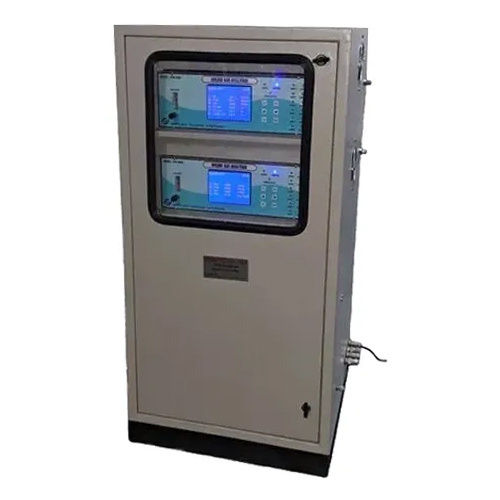

Price:
- 50
- 100
- 200
- 250
- 500
- 1000+
More Products in Gas Analysers Category
Oxygen Analyzer
Price 325000 INR / Unit
Minimum Order Quantity : 1 Unit
Usage : Gas analysis
Humidity : 0 95% RH
Power Supply : 220V AC, 50 Hz
Temperature : 0C to 50C
Online Gas Analyzer
Price 185000 INR / Set
Minimum Order Quantity : 1 Set
Usage : Gas Analysis
Humidity : 95%
Power Supply : 230
Temperature : 5 to 55 Celsius (oC)
Portable Stack Gas Analyzer
Price 62500 INR / Piece
Minimum Order Quantity : 1 Piece
Usage : Industrial
Humidity : < 85%RH
Power Supply : Electric
Temperature : 15 Celsius (oC)
Online Continuous Stack Emission Monitoring Systems Model ATS 208A
Price 850000 INR / Unit
Minimum Order Quantity : 1 Unit
Usage : Industrial

 Send Inquiry
Send Inquiry
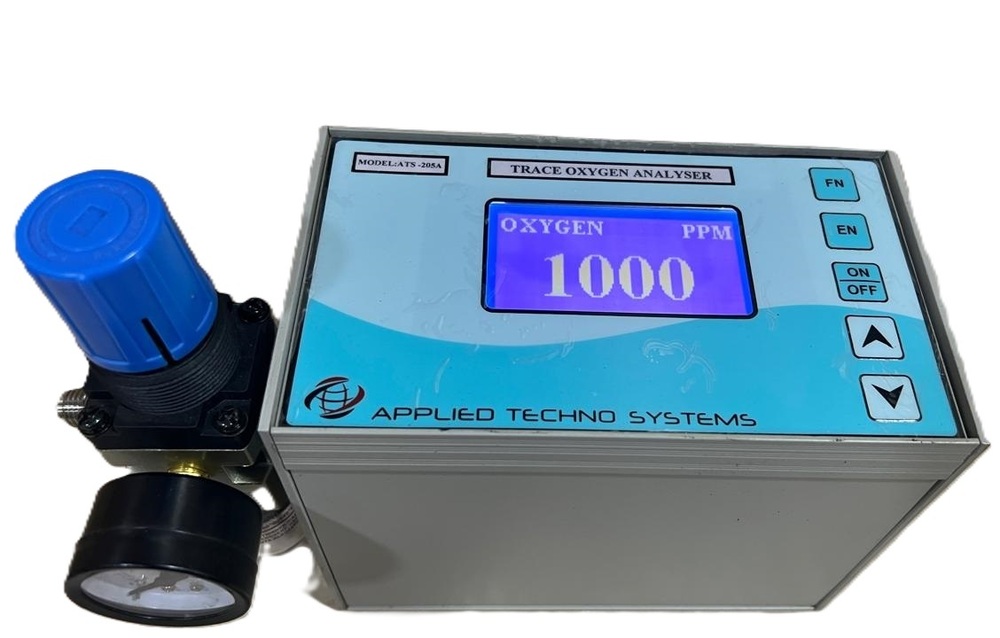
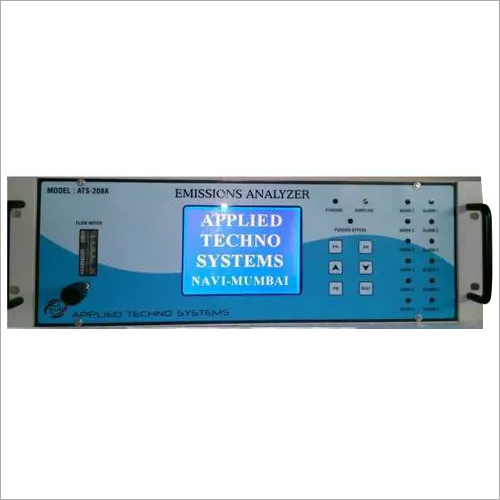
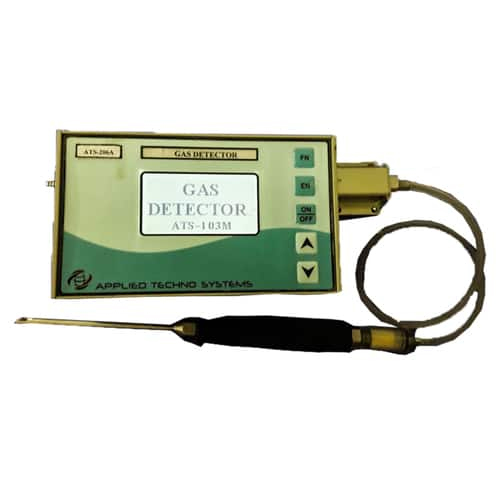
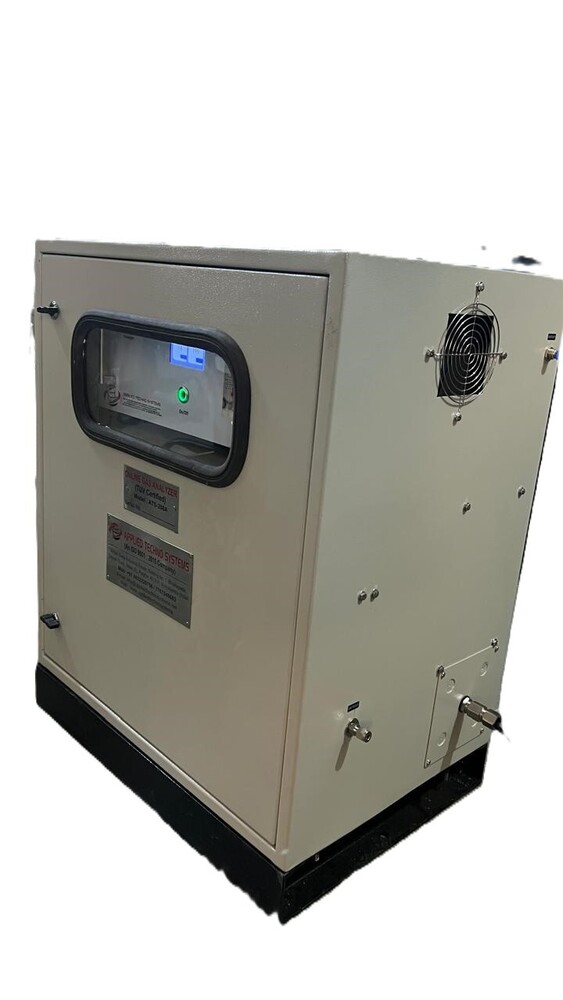

 English
English Spanish
Spanish French
French German
German Italian
Italian Chinese (Simplified)
Chinese (Simplified) Japanese
Japanese Korean
Korean Arabic
Arabic Portuguese
Portuguese